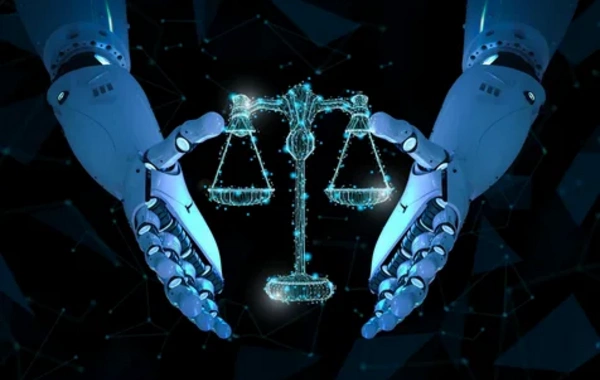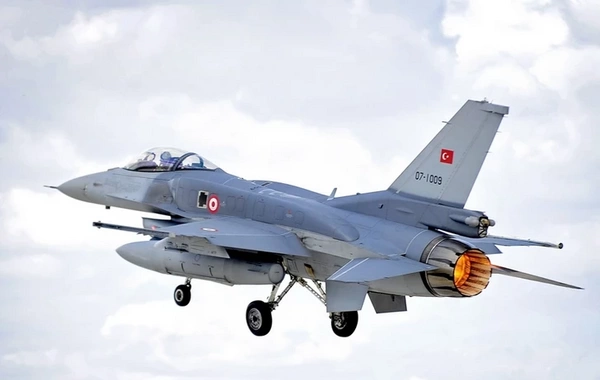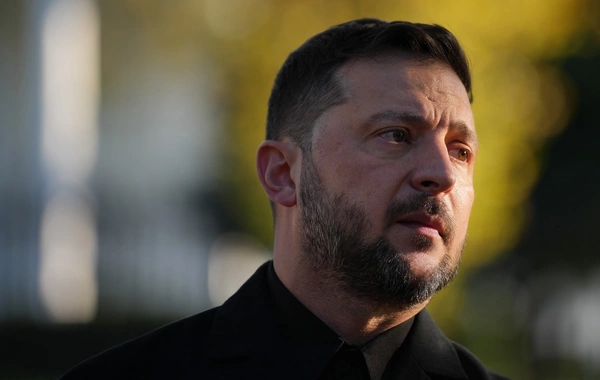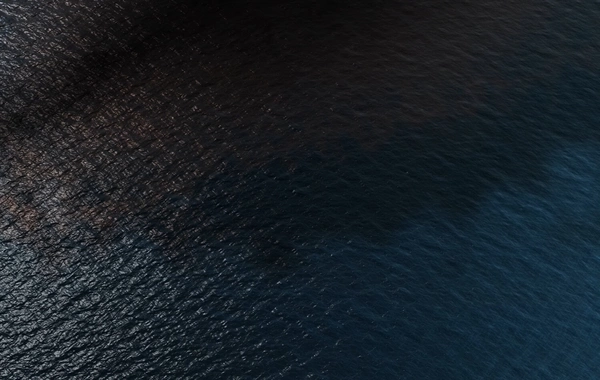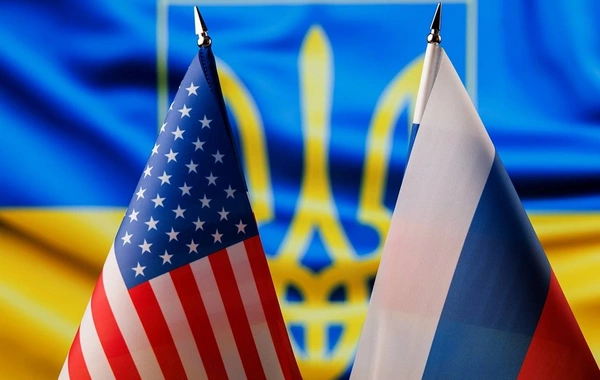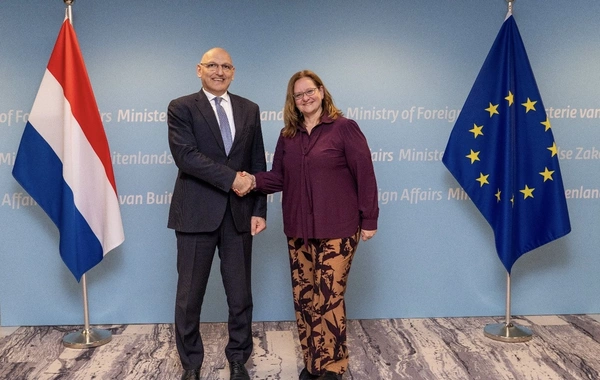Do you know why we applaud
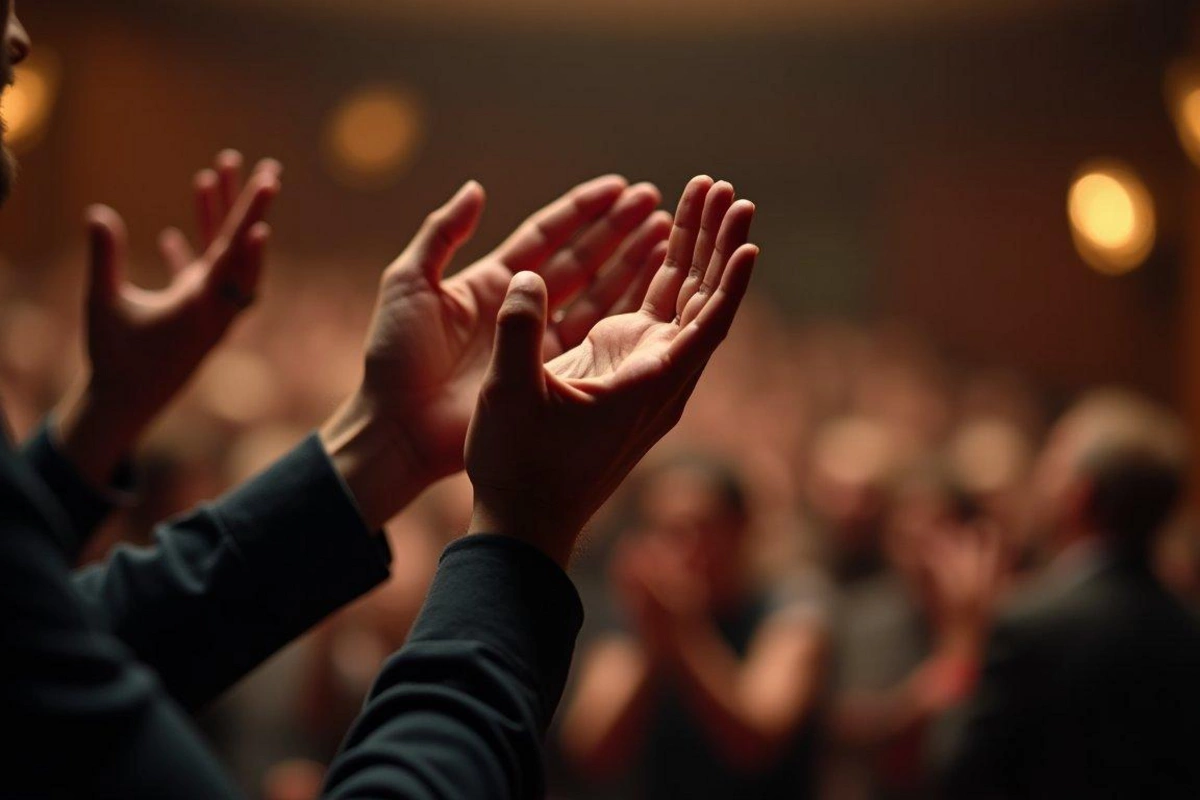
The History of Applause: From Instinct to Art
Clapping hands seems like such a natural expression of emotions - whether it's joy, delight, or simply the desire to join in the general celebration. But have you ever wondered where this habit came from? Why did people start applauding and why do they continue to do so after thousands of years?
Evolutionary Roots of ApplauseIf you look at the world of primates - our closest relatives in nature - you can notice that they use loud sounds, including claps, to attract attention or signal danger. Anthropologists suggest that our distant ancestors might have acted similarly: first, clapping served as a means of communication, and then transformed into a tool for maintaining rhythm during ancient rituals and chants.
Archaeological findings confirm: palms, feet, and voice were humanity's first "musical instruments." Cave paintings created 30-40 thousand years ago captured people with raised hands in poses resembling ritual dances. Clapping helped set the tempo, emphasize accents in the melody, and intensify emotional fervor - it was a simple but powerful way to unite a group.
Ancient Traditions: The Birth of Applause CultureThe first written evidence of applause as a social phenomenon dates back to Ancient Greece in the 5th century BCE. Spectators probably clapped to separate themselves from the actors, as if saying: "We are here observing, and you are performing." Ancient Romans took it further, turning applause into a true art form. They even had different types of applause:
- Bombi - a buzzing sound resembling the hum of bees;
- Imbrices - a noise similar to the sound of rain;
- Testae - a sharp sound, like breaking clay pottery.
These techniques were applied depending on the occasion - whether it was a theatrical performance, gladiatorial combat, or an orator's speech. Romans created an entire evaluation system through applause: from restrained approval to thunderous ovations.
It was in the theater that applause took shape as a tradition. At the end of a performance, the lead actor would exclaim: "Valete et plaudite!" ("Farewell and applaud!"), signaling to the audience that it was time to clap. Even Roman emperors were not indifferent to ovations. Nero, for example, so craved recognition that he hired five thousand professional clappers, known as Augustiani. Suetonius described how these "masters of applause" were divided into groups with different techniques and even underwent special training.
The Era of Classical Music and TheaterBy the 16th-18th centuries, applause had become an integral part of cultural life. In the era of classical music, the audience could clap right during a concert if a particular fragment especially impressed them. Wolfgang Amadeus Mozart even composed with such reactions in mind. In his letters, he wrote with delight: "In the middle of the first part of my symphony was a passage that I knew would please. All listeners were delighted - and loud applause broke out. I repeated it at the end, and again there were cries of 'Da capo!'"
In Russia, applause as an expression of gratitude was first mentioned on February 8, 1784, at the premiere of Yakov Knyazhnin's tragedy "Rosslav." Spectators were so impressed that they not only clapped but also demanded the author to come on stage - a real innovation for the theater of that time.
Similar News
Development of the travel industry: With the power of passion and digital impact
BAKU.WS presents an interview with the head of "Fahri Travel," Fahri Mamedli: - Fahri, how did your journey in the tourism sector begin? It all started with my...




 Azərbaycanca
Azərbaycanca  По-русски
По-русски  English
English 

